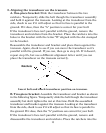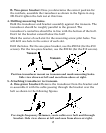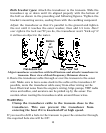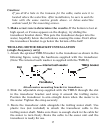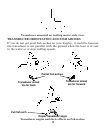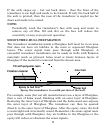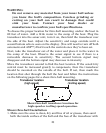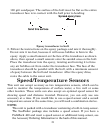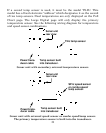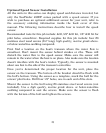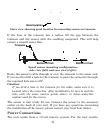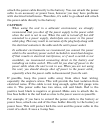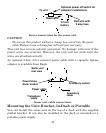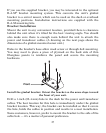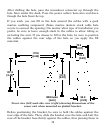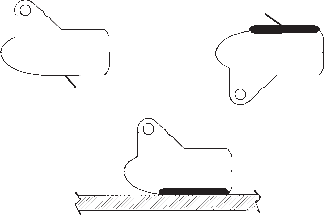
21
100 grit sandpaper. The surface of the hull must be flat so the entire
transducer face is in contact with the hull prior to bonding.
Epoxy transducer to hull.
2. Follow the instructions on the epoxy package and mix it thoroughly.
Do not mix it too fast, because it will cause bubbles to form in the
epoxy. Apply a small amount on the face of the transducer as shown
above, then spread a small amount onto the sanded area on the hull.
Place the transducer into the epoxy, twisting and turning it to force
any air bubbles out from under the transducer face. The face of the
transducer should be parallel with the hull, with a minimum amount
of epoxy between the hull and transducer. After the epoxy dries,
route the cable to the sonar unit.
Speed/Temperature Sensors
This unit can accept as many as two temperature sensors, which can be
used to monitor the temperature of surface water, a live well or some
other location. These units can also accept an optional speed sensor for
showing speed and distance traveled. However, you can only use one
accessory at a time. If you would like to use a speed sensor and a second
temperature sensor at the same time, you will need a combination device.
NOTE:
This unit is packed with a transducer containing a built-in temp sensor.
The SeaFinder package also includes a speed sensor. If you have a
FishMark 480 and want a speed sensor or additional temp sensor, see
the Accessory Ordering Information in the back of this manual.
Spread epoxy here
Sand this surface



